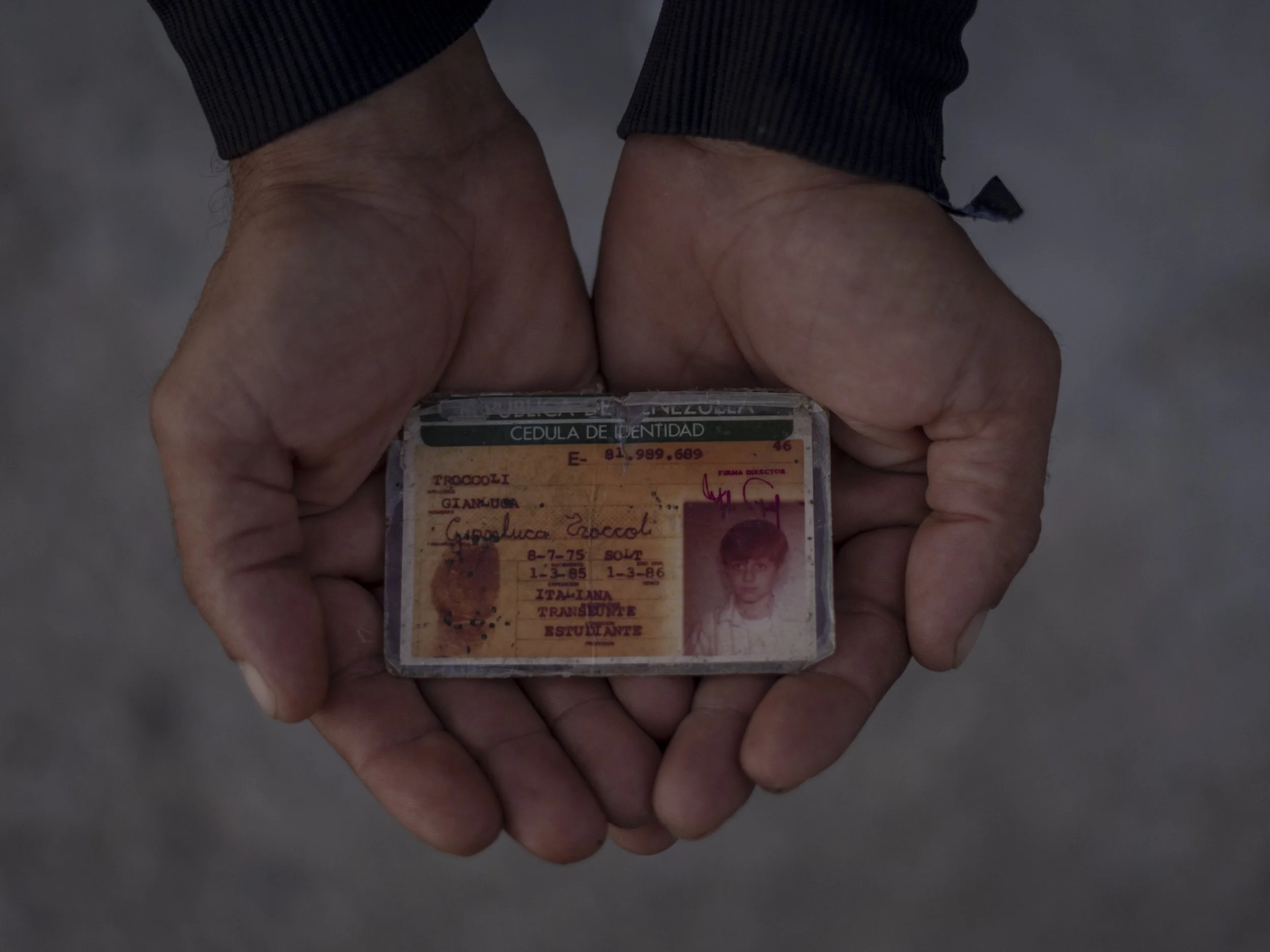Looking for the Olive Trees
Although Venezuela is currently known for our diaspora around the world, for many decades it was the other way around. Migrants from European countries would come to Venezuela chasing the fantasy of the oil-rich paradise for the second half of the twentieth century, after their countries were torn by the war. My grandparents were a part of this. As many other Italians, Spanish and Portuguese, they migrated to Venezuela in the 1950’s. In 2017, there were over 2 million descendants of Italians in Venezuela.
I recently found out that my nonna left behind a plantation of olive trees in the region of Salerno, Italy. My family never knew where it was located, and the papers were lost. In the gesture of losing that piece of land and never looking for it, I found a puzzling concept of uprooting. My own life has become an endless cycle of comings and goings, so I suddenly felt the urge to look for these trees, as if finding them would magically ease my nomad heart.
This became the starting point of an investigation that goes beyond my personal story. It is not about finding the trees, but rather about how families like mine carry uprooted histories across oceans, and how these fragments echo in today’s migration crises.
On my journey, I came across Marina di Camerota, a small-town famous for being constituted mostly by Italians who migrated to Venezuela and later came back to Italy. Most of the town was built with money that came from their trips to Venezuela during the oil boom, and it is now home to over 2,000 Venezuelans, descendants of those travelers. Spanish lingers in the streets; hotels, cinemas, and alleys bear names of Venezuelan heroes. This unique piece of Venezuela in the Mediterranean serves as a microcosm to study the migratory links between Europe and the Americas.
Looking for the Olive Trees is an ongoing investigation.















